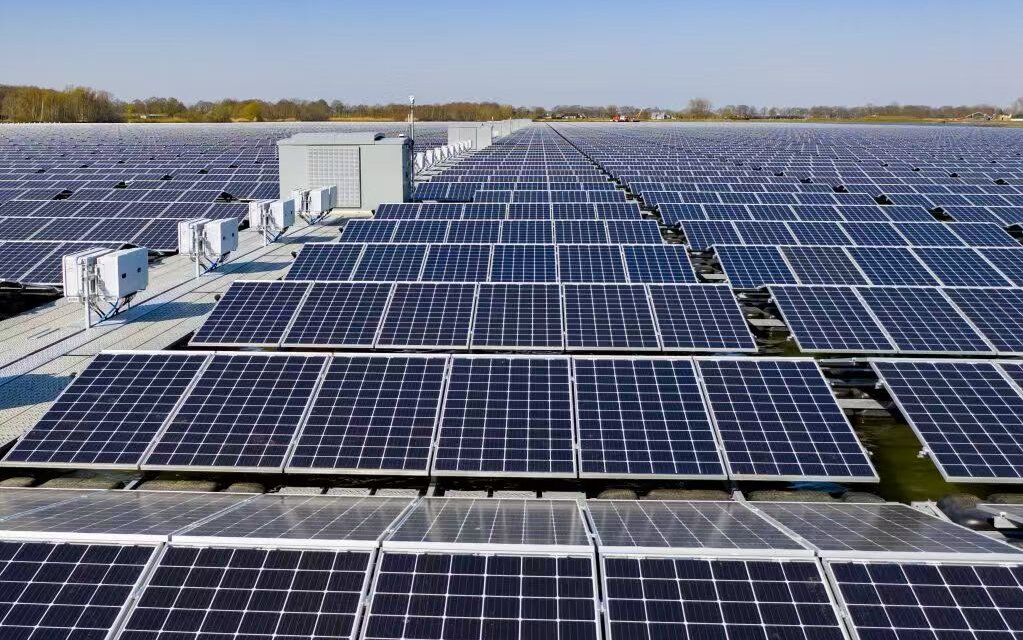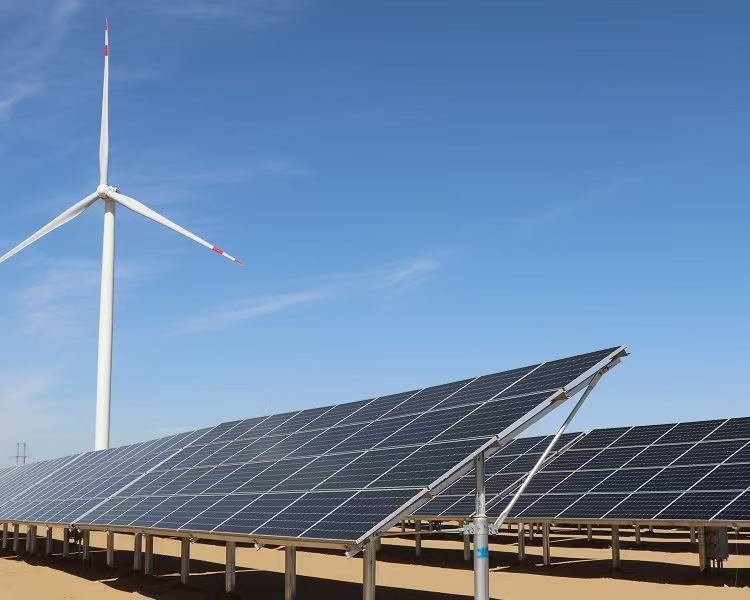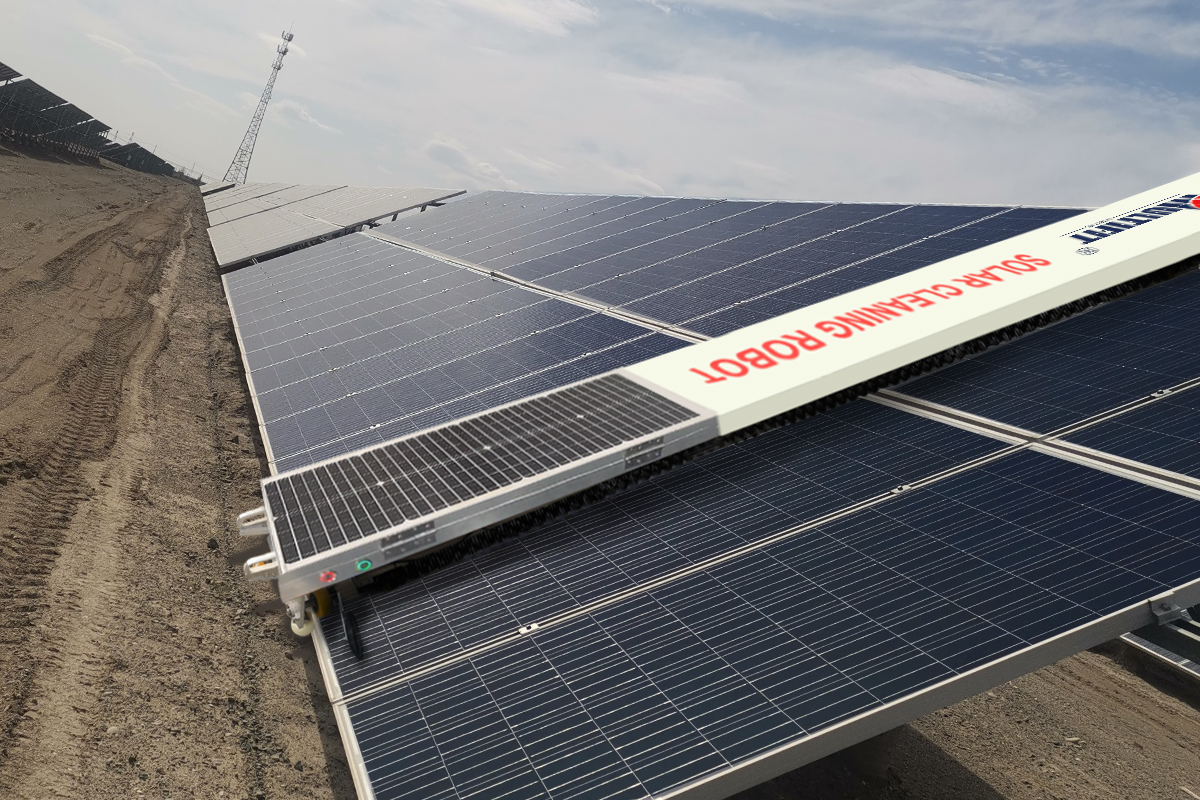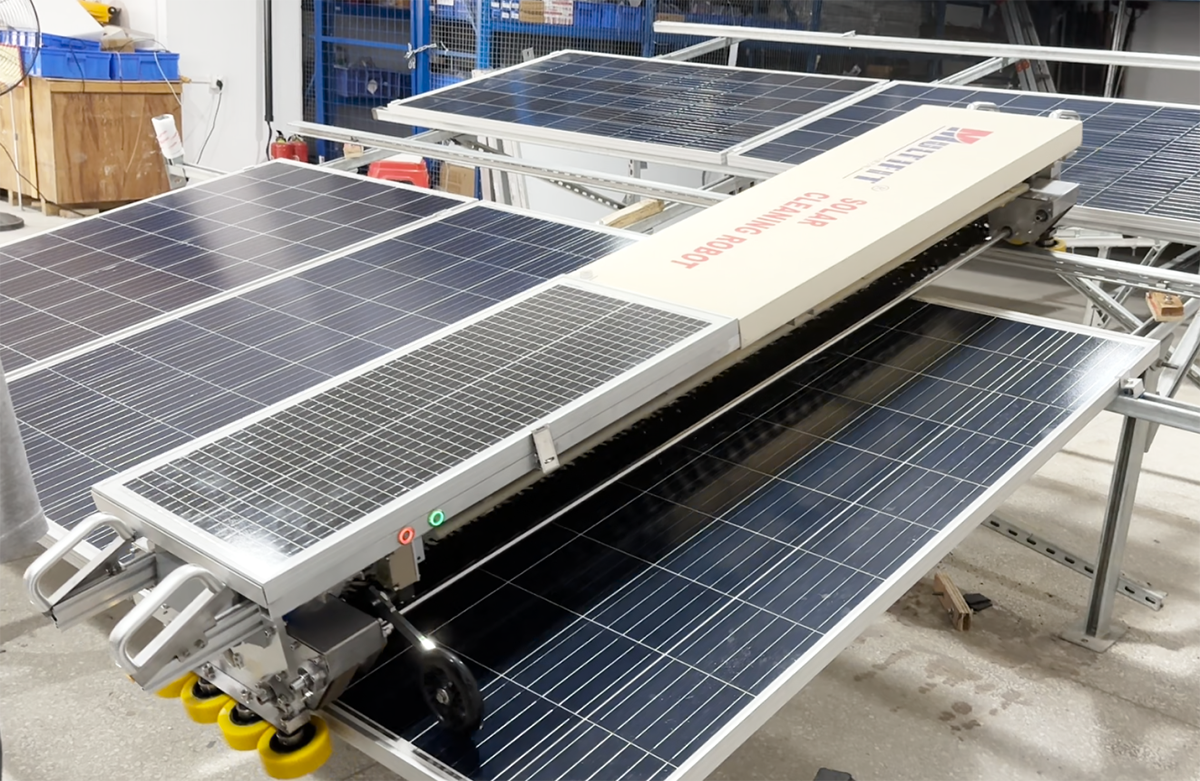Recently, Iran’s Renewable Energy and Energy Efficiency Organization (SATBA) plans to gradually disconnect all government agencies from the national power grid and fully switch to solar systems to alleviate the increasingly severe power shortage and release more electricity for civilian and industrial use. In the next stage, universities, primary and secondary schools, and sports venues that meet the installation conditions will also install solar panels.
To accelerate the development of photovoltaic power in Iran, the country has approved applications from domestic and foreign investors to build 35GW of renewable energy power station projects. Data shows that Tehran, the capital of Iran, has an average annual sunshine duration of 2,800 to 3,200 hours, averaging about 8 hours per day. The solar radiation intensity is 4.5 to 5.5 kilowatt-hours per square meter, making it one of the regions with the richest solar energy resources in the world. This natural advantage provides a solid foundation for large-scale solar power generation.
Iran’s Energy Minister Abbas Aliabadi said that the Iranian government will add approximately 11.5GW of solar power generation capacity by March 2026 and increase the renewable energy production capacity to 25 times the current level within the next three years. He also disclosed that the construction of the 7,000MW renewable energy power station currently led by SATBA is advancing steadily.
After the installation of large-scale photovoltaic systems in Iran, the maintenance of power stations is particularly important. Dust and stains will accumulate in the power stations, and cleaning equipment is needed to clean the solar panels regularly. For a country like Iran that is severely short of water and frequently experiences sandstorms, it is very important to choose a cleaning device that is both water-saving and capable of thorough cleaning. I recommend using our G2 cleaning robot to clean solar power stations.
The G2 cleaning robot has two modes: dry cleaning and water washing. For areas with strong wind and sand in Iran, you only need to use the dry cleaning mode of the robot to thoroughly remove dust. If there are stubborn stains like bird droppings and oil stains, it is recommended that you use the water washing mode. The water consumption of the single-board robot is 270L/H, and the robot is very water-efficient. The G2 robot can achieve full automation. You can control the cleaning mode, cleaning speed and cleaning direction of the robot with a remote control and a web page, which is very convenient.
Our company, Beijing Multifit Electrical Technology Co., LTD., has been dedicated to the research and development, production and sales of photovoltaic cleaning equipment for 16 years. As a manufacturer, whether you need a single-board cleaning robot, a double-board robot or a triple-board robot, we can customize the robot for you.
If you would like to know more product details about the robot, please contact us.
Post time: Apr-29-2025






